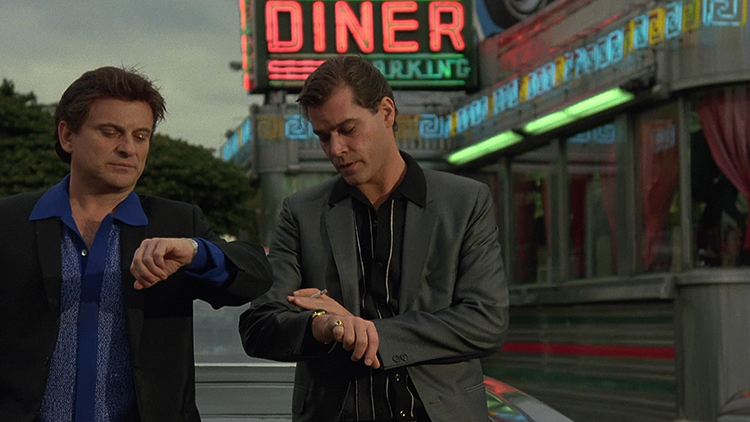“You’re from Long Island? You must have been in at least one movie.”
While people aren’t saying this today, they might very well be saying it soon. Just as generations of Americans grew up with an idolized version of California and the mythos that accompanied all sunkissed Californians, so too they might one day have of the Long Islander.
‘Why?’ You might ask. Well, why not?
We are positioned in a geographically diverse region, spanning from New York City to quiet suburbs, family farms and the majesty of the Hamptons. To top it off, we have four authentic seasons. They’ll never need to edit in hot breath on a cold day ever again with a Long Island movie production in February. With our geographic diversity, we can emulate nearly any location, too.
The proximity to New York City ensures that even if we do not have the given expertise locally, it is only an LIRR ride away.
Casting-wise, we have an increasingly diverse population to draw on if local talent is required and scores of eager extras to join in.
And before you dispense with the notion as intrusive or unwelcome, let’s look at the numbers. The average movie producer can spend $50,000 a day on accommodations.
Even smaller productions spend a handsome amount on lodgings and food. During the production of Jordan Peele’s Nope (2022), $64 million was poured into the local economy. The trick is to keep the producers in town. In Georgia, billions are put into the state’s economy each year.
If only we had a failing retail hub that could be transformed into a movie production empire. Wait… we have several.
There are a number of malls and large retail centers struggling to get by. And as we continue, rightfully so, to revitalize our downtown areas, they will only have a harder time attracting tenants. The solution of what to do with our skeletons of malls may be Hollywood, or whatever the Long Island equivalent would be.
Picture a dystopian Smith Haven Mall in 20 years’ time. Online retail has gutted large commercial centers. It could be filled with a dozen urgent care centers, or perhaps it is set to four or five movie productions. Storefronts transformed into sound stages. The long corridors of the mall constantly transformed into different scenery. A new industry could rise up right in the middle of our Island.
While Smith Havenwood may only be a fantasy, there are films happening on Long Island today. And assuming the productions are successful, we might welcome more ventures soon.
As filmmakers return, policymakers would be wise to gauge the long-term viability of the industry on Long Island and perhaps calculate it into future plans. Nationally, other states and municipalities have benefited from the movie industry. Some speculate the movie and entertainment industries are expected to continue to decentralize away from Hollywood as states offer incentives and technology changes.
With enough effort, we can ensure it is not a blind pivot away from Hollywood, but a push toward Long Island.
That’s the Message. See you at the cinema.







